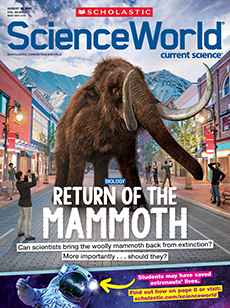Natalie Claunch was conducting research in Cocoa Beach, Florida, in 2018 when she came across a plump northern curly-tailed lizard near a beachfront restaurant. At first, Claunch, who is a wildlife biologist at the University of Florida, thought the lizard might be ready to lay eggs. But something seemed off, she says. “It felt like her body was full of Silly Putty.”
Sadly, the lizard died soon after Claunch found it. To learn what caused the lizard’s death, she used a medical-imaging machine called a CT scanner to look inside its body. The results were shocking! The lizard’s body was almost entirely filled with poop. Feces made up nearly 80 percent of its weight!
